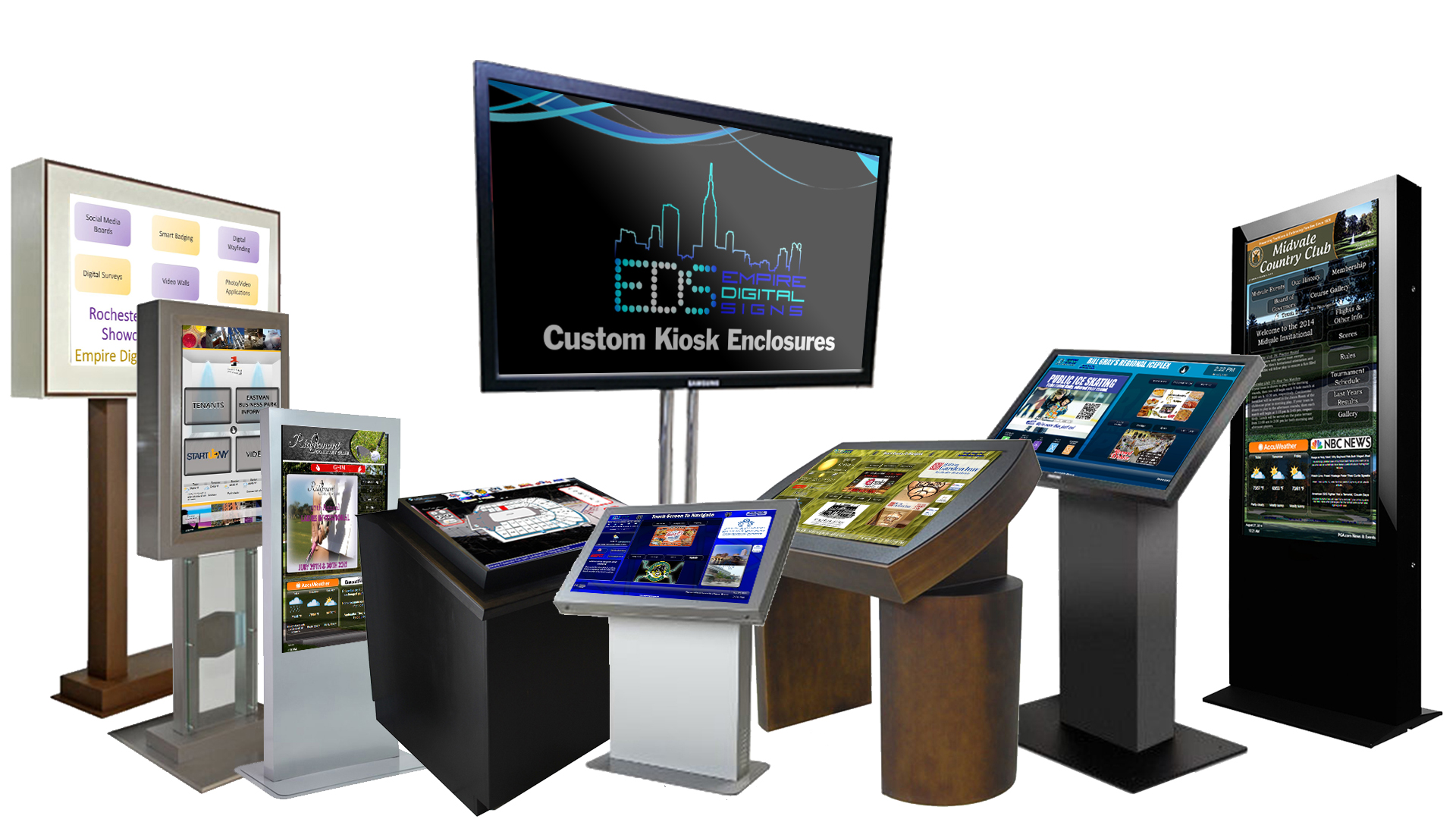
The biggest obstacle to digital signage is not a larger screen, but a smaller screen: the consumer’s smartphone. When opening a more relevant Facebook page on their phone, it is difficult for your display to be relevant to customers. However, one way for retailers to reach these distracted customers is to integrate interactive elements into digital signage. At that time, digital signage had crossed the border and entered the world of kiosks. Can kiosks be the future of digital signage?
Big market
According to different reports from different research groups, both digital signage and kiosks make a lot of money. By 2023, digital signage and kiosks are expected to reach more than 30 billion U.S. dollars.
These markets are separate because they offer different products. Kiosks are primarily interactive tools designed to attract customers for longer than digital signage. On the other hand, digital signage is mainly used to push messages to consumers in a short period of time, whether it is advertisements or information.
Digital signage only requires a display, a media player and the correct software. However, once a touch screen is added to it, the boundary between the kiosk and the display becomes very blurred. From there, it’s easy to add wireless printers, scanners, and other kiosk-style tools.
These self-service kiosk-like elements also help digital signage provide a truly special element: relevant dynamic content.
Better content
This is not to say that content is king, but because if your content is irrelevant, customers won’t pay attention. Many vendors are trying to achieve digital signage innovation by implementing dynamic content that changes based on customer traffic, demographics, and customer input.
For example, a mall display can analyze the customer’s face to find that he is a middle-aged man and launch an advertisement in a sports store to get discounts.
Interactive kiosk elements can improve the overall content of digital signage in a variety of ways. Taking the shopping mall display as an example, the same person can enter the display screen and touch the screen to receive his phone coupon.
However, if there are not enough customers interacting with the display, shopping malls can consider this and switch content. In essence, the interactive element adds an additional step of interaction, and before that, customers would only passively receive information.
Having said that, you don’t necessarily need a touch screen to attract customers
To the kiosk or not to the kiosk
Adding interactive elements to your display is a lot of work. It requires changes in hardware, software and maintenance. It also requires you to design good interactive content to inform and attract customers. It may not be what you are looking for.
If you mainly want to provide customers with a little information through a bright video wall so that they can attract their attention long enough, then you may not need a touch screen.
Having said that, you can still integrate pavilion-like elements into your display without causing a lot of commotion. For example, you can integrate a QR code into the display to get a discount, or you can simply place a message at the end of the content loop asking viewers to follow you on Facebook, Instagram, or Twitter.
Is the kiosk of the future?
It is likely that in the near future, kiosks and digital signage will coexist, occasionally working together.
That said, we are seeing a shift to more dynamic displays that try to capture customers and provide them with truly relevant content. Due to this trend, the boundaries between digital signage and kiosks may continue to blur.





